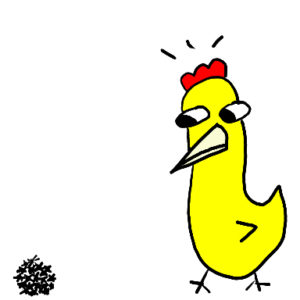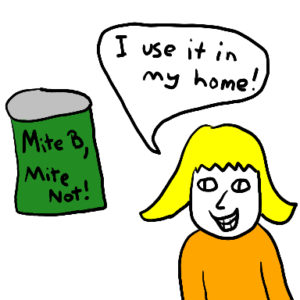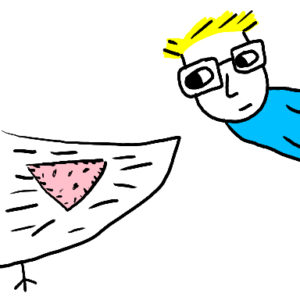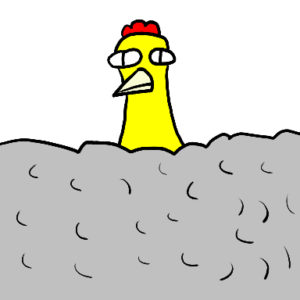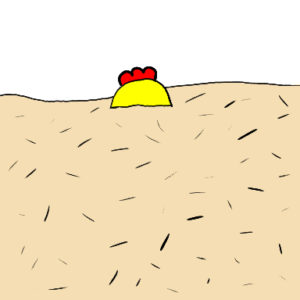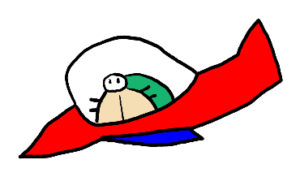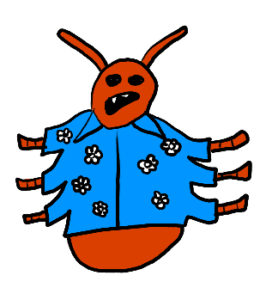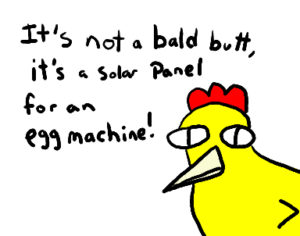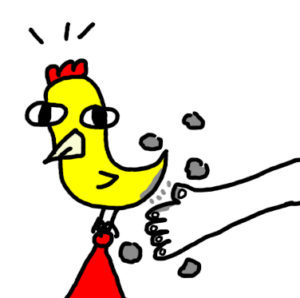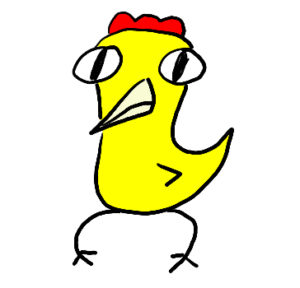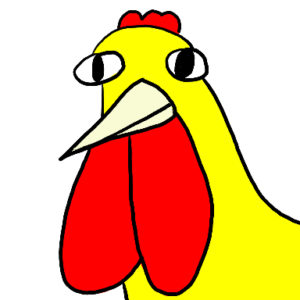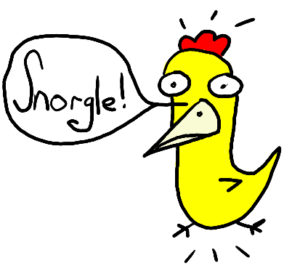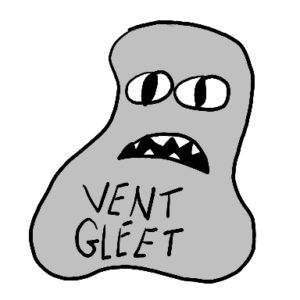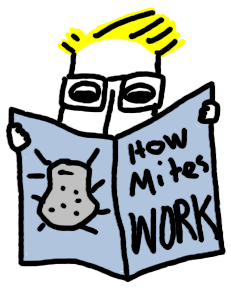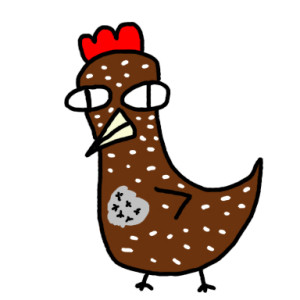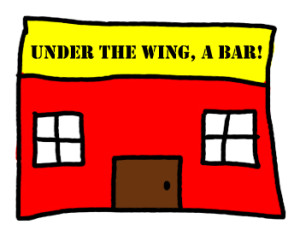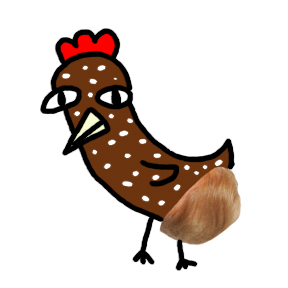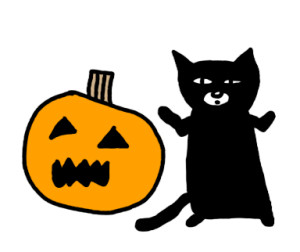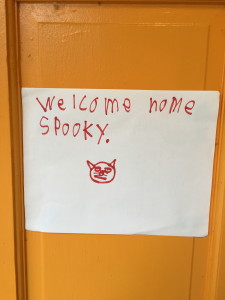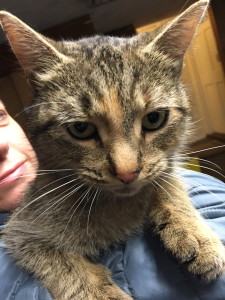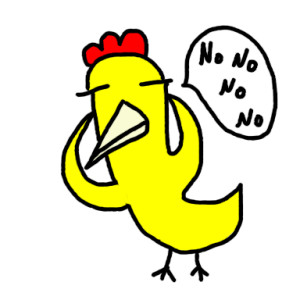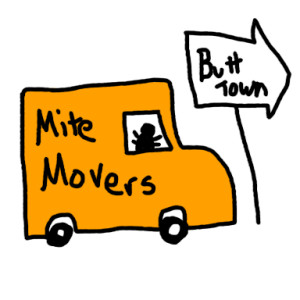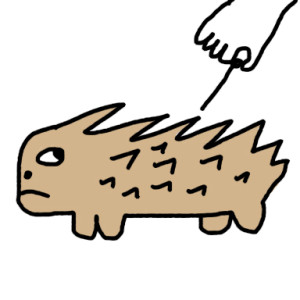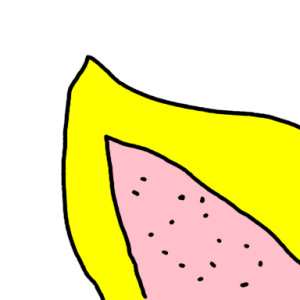Hair Club For Hen
Friday, September 23rd, 2016Strange things are afoot in the coop. Some not so strange things as well. For example, it would seem that most of the chickens are molting. That makes sense, as the days have been getting much shorter, and that’s when nature decides that chickens will dump a bunch of feathers and then grow new ones. It looks like there have been pillow fights going on every night, but I’ve been through this before, so I know it’s actually molting. The tricky thing about molting when your chickens have been dealing with mites is trying to figure out what’s feather loss from molting, and what might be mites making a comeback. Last year I was never quite sure. The mites had really dug in. This year they may have been even worse, but I tried my new treatment of spraying them with a spinosad-based gardening liquid, and something has happened that makes me think it actually worked. Henny Penny is sprouting butt feathers.
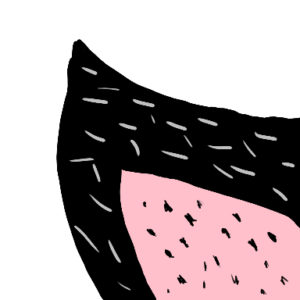
Luckily her “down below” bits are covered, as this is a family show.
You might think this is no big deal. Chickens lose butt feathers, chickens regrow butt feathers. Circle of butt life. However, I should remind you, or tell you for the first time depending on how long you’ve been around, that Henny Penny has had a bald butt for over a year. It was pretty bad. She was the first to lose butt feathers last spring when the mites first arrived. The other chickens lost butt feathers too, but none quite as badly as Henny Penny. Then, when it seemed the mites had been vanquished, the other chickens grew their feathers back. Not so Henny Penny. I began to worry that there was actually something else wrong with her. There did seem to be some other ailments out there that led to bald butts, but she never fit the full profile. She went through last winter with a bare butt, and luckily didn’t get frostbite, but it was a pretty mild winter. I was always keeping an eye on her, but she seemed fine otherwise, and at some point or another I think I resigned myself to never solving this particular chicken mystery.

I write Sherlock Holmes chicken butt fan fiction sometimes.
Until a recent evening butt check. I sprayed them all with spinosad every week for a month this summer. I figured that ought to cover any mite life cycle. Then I had to just sit and wait. Feathers take a long time to grow back, so it’s always tough to know if a treatment is working. I’ve been so busy lately that I would check to make sure nothing was getting worse, but I didn’t have the time to work up another plan of attack, so my being preoccupied actually created enough time to for nature to run its course. I do believe the mites are gone, and I am basing this on the fact that Henny Penny has little feather nubs popping out of her formerly long-term area of baldness. At first I thought the dark spots were the mites themselves, as it’s been so long since there were feathers there that it seemed hard to imagine them ever coming back. But they’re there for sure. Each day they come in a little more. I wonder if it’s weird for her. Like when you wear shorts all summer and then you have to wear pants one day and it feels unnatural. Except this is all in the butt area.
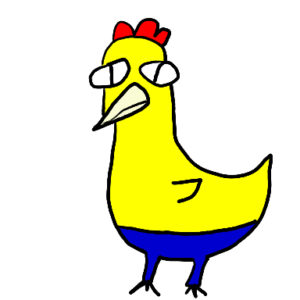
Skinny pants are even harder to get used to.
Now the problem is that I’m so excited that her feathers are coming back, I’m totally worried that something is going to happen to destroy them again. I initially thought other chickens had been pecking them out. What if they decide to do that now? What if the mites mount a last ditch effort to reclaim their old territory? I gave everyone a bug spray top-up last weekend, and may go for a repeat dosing, just to be safe. I’d hate for things to look up, only to, er, bottom out again. But I’m now convinced that she just had a super bad case of mites that resisted all my previous treatments. For now, spinosad will be my go-to treatment, assuming we’ll have to deal with this again next year. I’m ready. The chickens are also ready, since they hate being sprayed so much, that if I keep the coop door open for too long, they suspect I’m up to something, and nervously make their way as far away from me as they can get. I tend to have this effect on people too.
(CREDITS: Theme music: Chicken In The Barnyard by Fireproof Babies, Music Bed: Rag Pickins by Fred Van Eps)
